Are you a fan of ham radios and wondering if you could carry one on your next flight? The good news is, yes, you certainly can! However, it's essential to understand the appropriate usage and precautions to ensure a smooth journey. For instance, you'll need to adjust the operation mode depending on the type of control panel the airplane uses: "digital" or "computer" modes for computerized panels, and "phone" mode for mechanical ones. Always check with your airline in advance to avoid any confusion or misunderstanding at the time of boarding1.
Traveling with a ham radio can be beneficial in various ways. Not only can it serve as a lifesaver in emergencies when conventional communication methods fail, but it also provides an exciting activity for both you and your children. Imagine connecting with people worldwide or tuning in to the chatter of various airports while cruising through the skies. Remember, though, to avoid disrupting any air traffic with your signals1.
Packing your ham radio for a trip requires a little bit of careful planning. Secure it and its antennas in a robust carry-on bag to prevent any damage. Don't forget to bring along extra batteries and any necessary accessories for a hassle-free experience on board1.
Setting up your ham radio for travel depends on the anticipated usage and the frequency band likely to be useful. If you're unsure, opt for the "all" mode that adjusts frequencies dynamically, allowing you to connect with other users across different regions and even countries1.
Taking a ham radio on an airplane is generally safe. However, improper usage may interfere with other signals, including those of commercial broadcasters or nearby aircraft. Hence, it's crucial to check with your airline before using a ham radio on an airplane to prevent any misunderstanding1.
Planning to operate a ham radio on a flight? You'll need a license. However, if you just wish to tinker with it without broadcasting, a license is not necessary unless it's an emergency. To get licensed, you need to clear an exam, which comes in various levels depending on your proficiency1.
Operating a ham radio requires the device itself and an antenna. Ensure all components function harmoniously together to prevent any interference1.
The cost of a ham radio can range from as low as $30 to as high as $1000, depending on your needs and the level of sophistication you're looking for. Higher-priced models tend to offer better durability and quality, making them ideal for travelers1.
In conclusion, you can indeed bring a ham radio on an airplane without declaring it at check-in or security, as long as it complies with FCC guidelines. If your flight disallows portable electronic devices in carry-on luggage, pack everything securely in your checked bags. Also, be mindful of the local regulations concerning the operation of amateur radios in foreign countries, as they might differ from U.S. rules


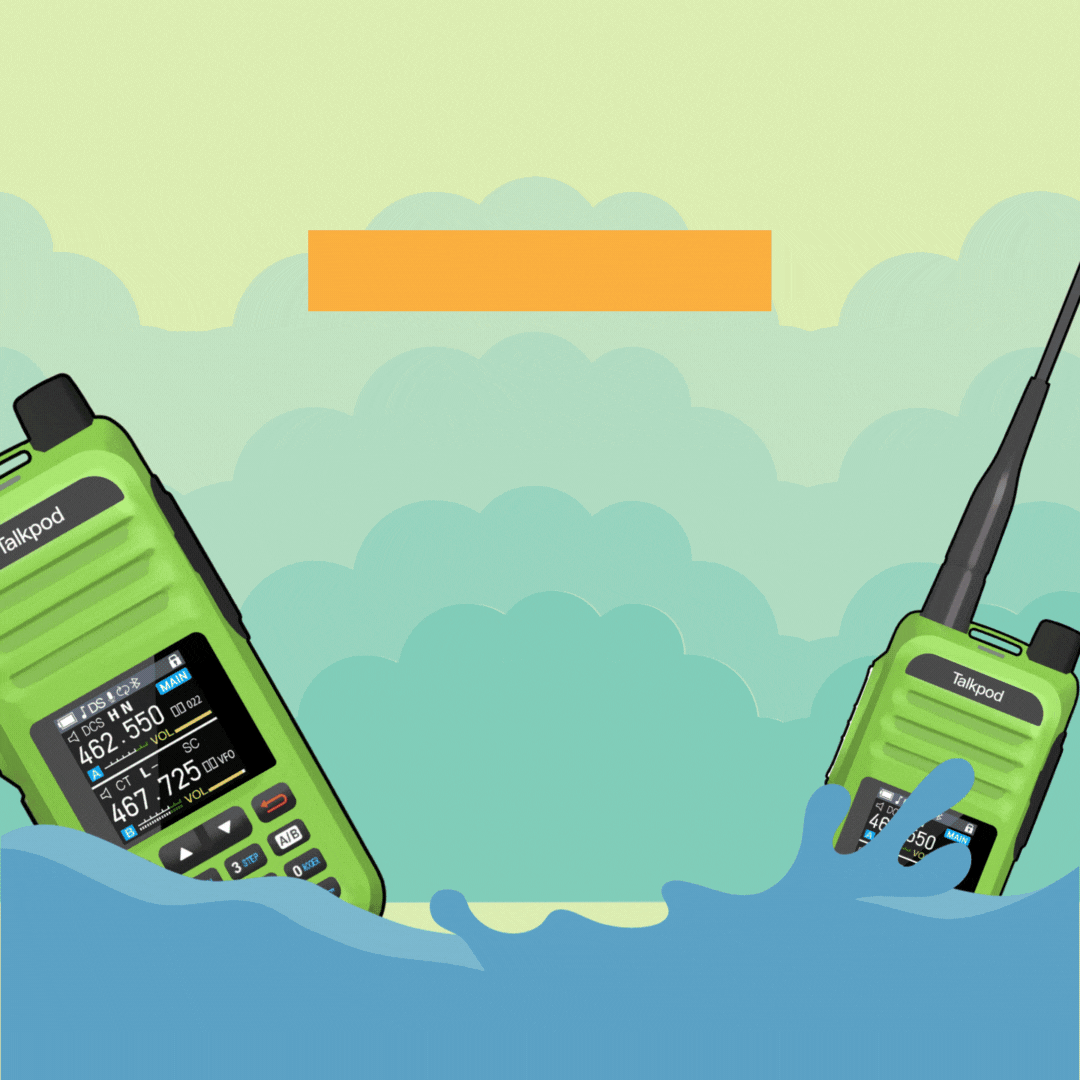

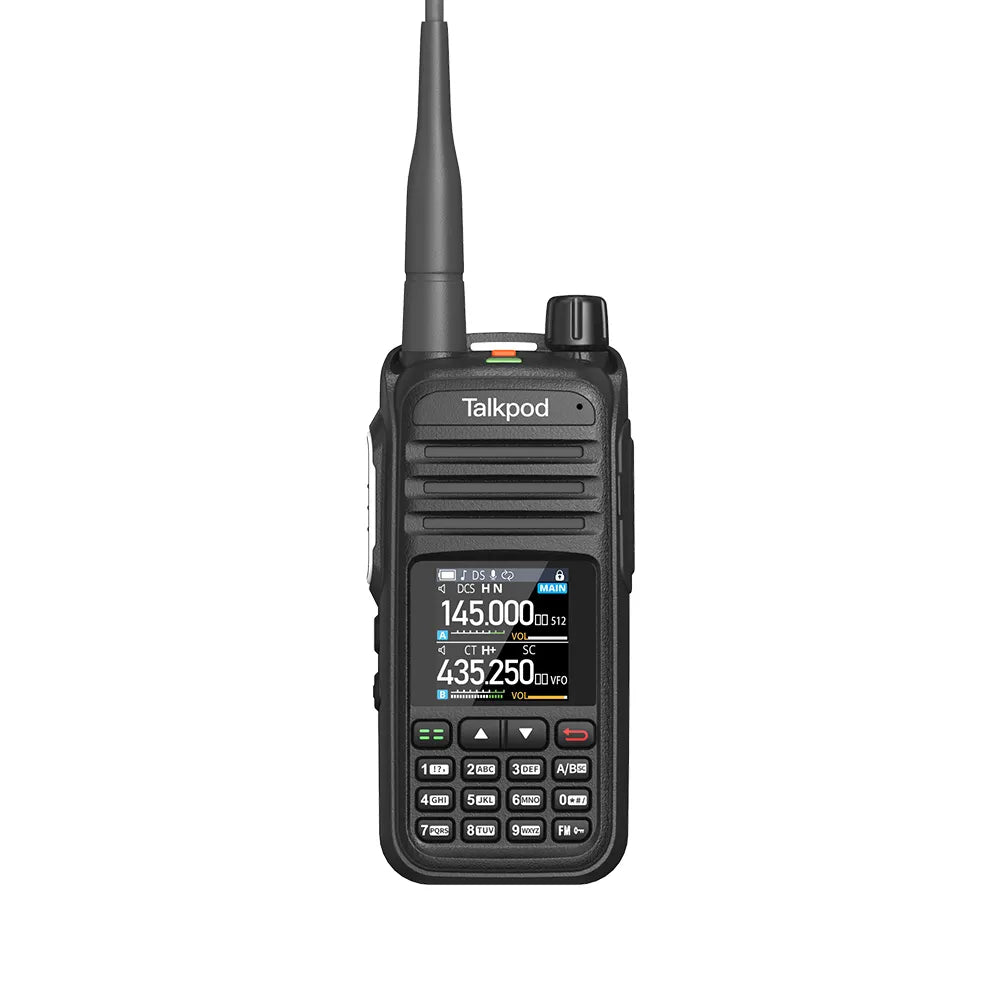
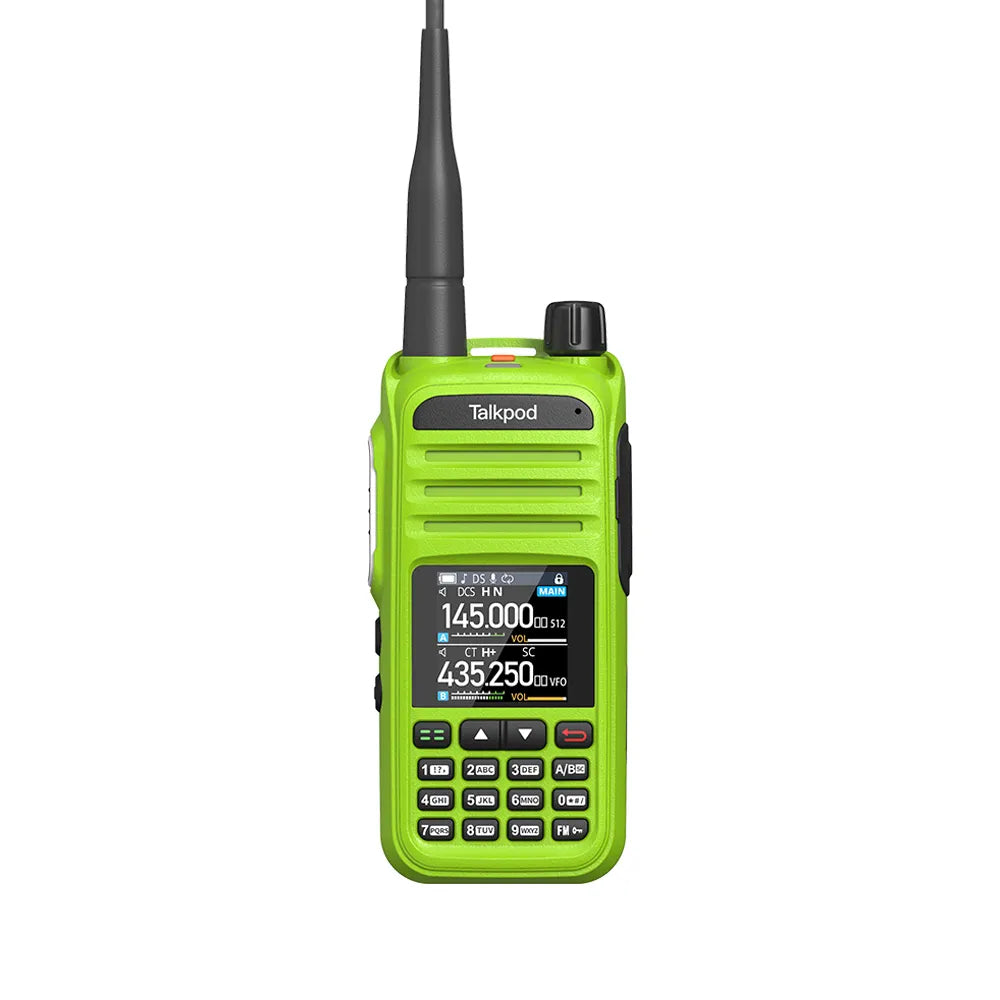
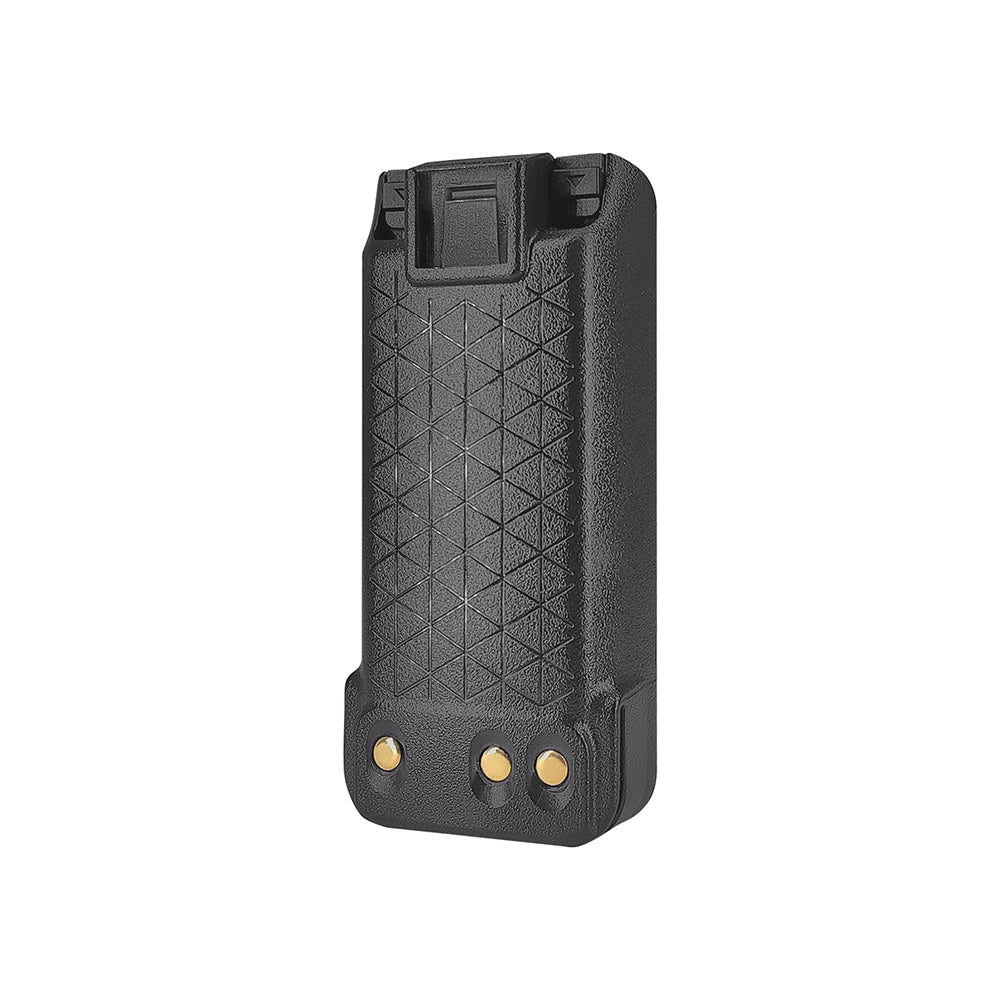
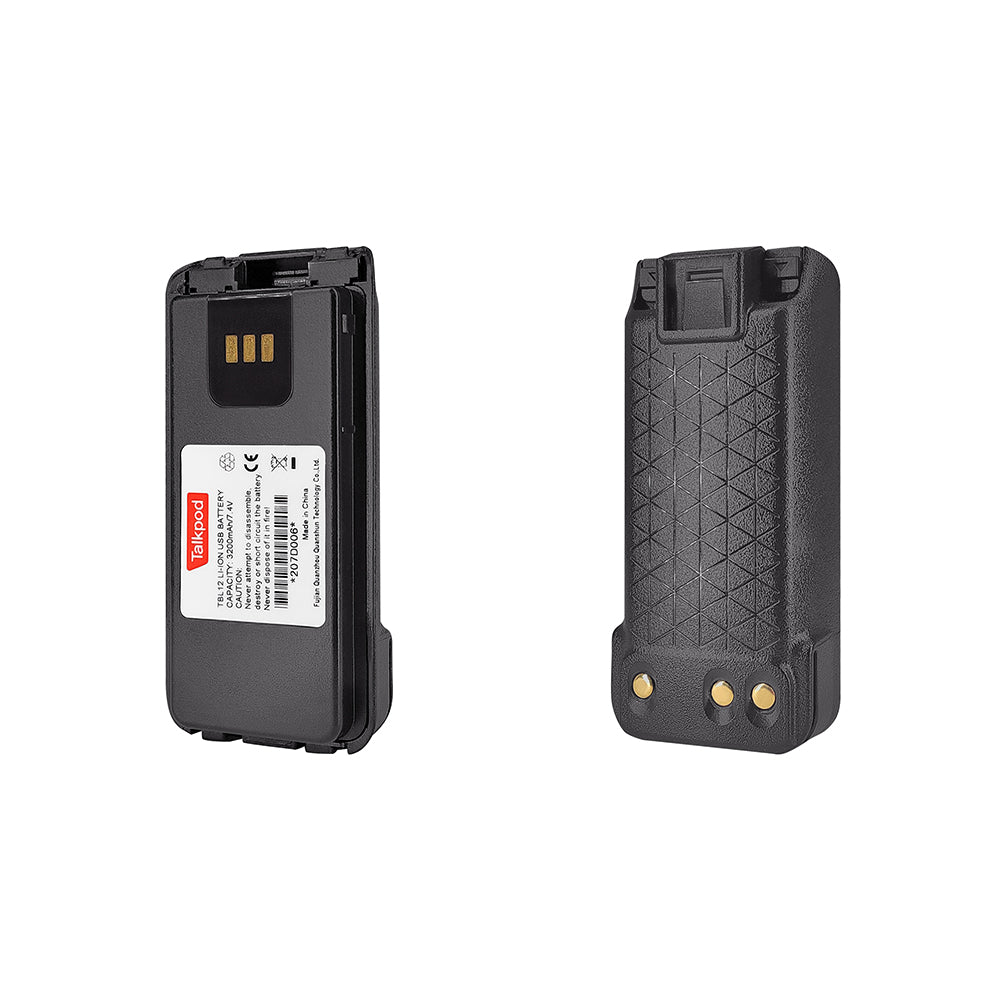
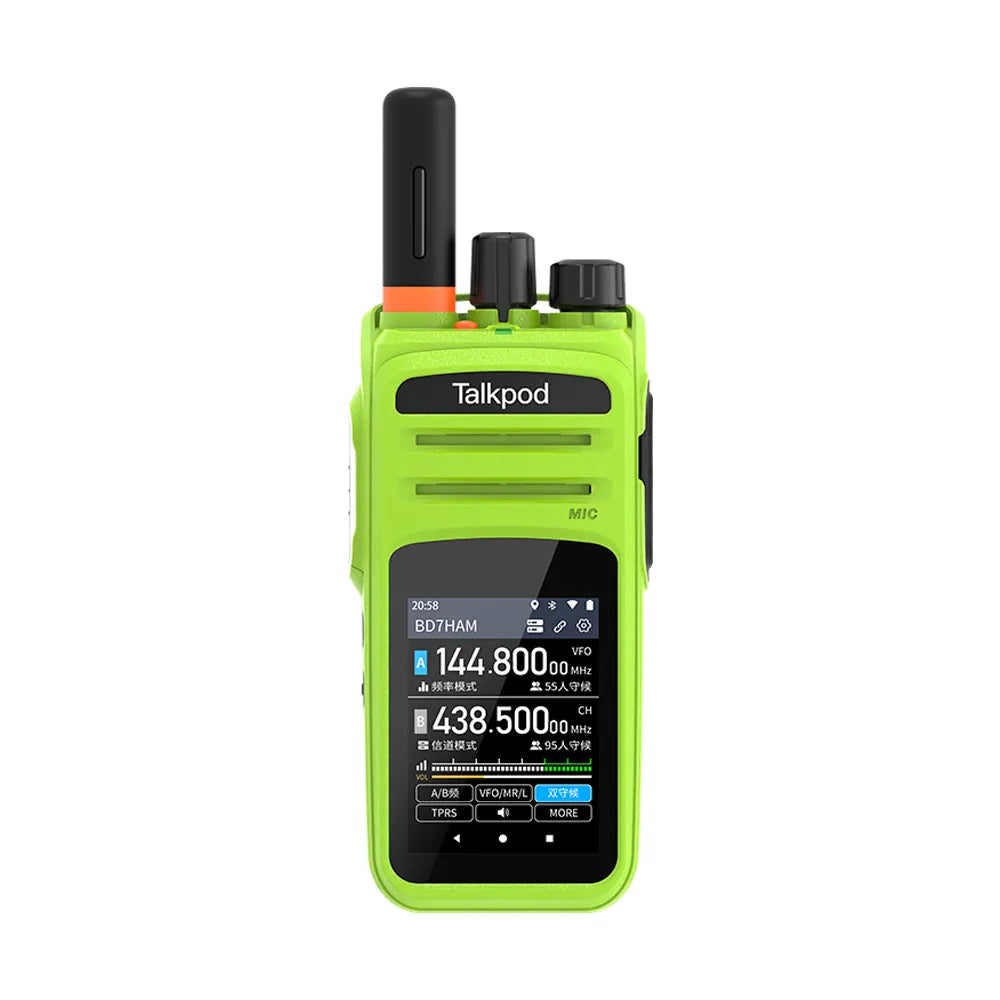
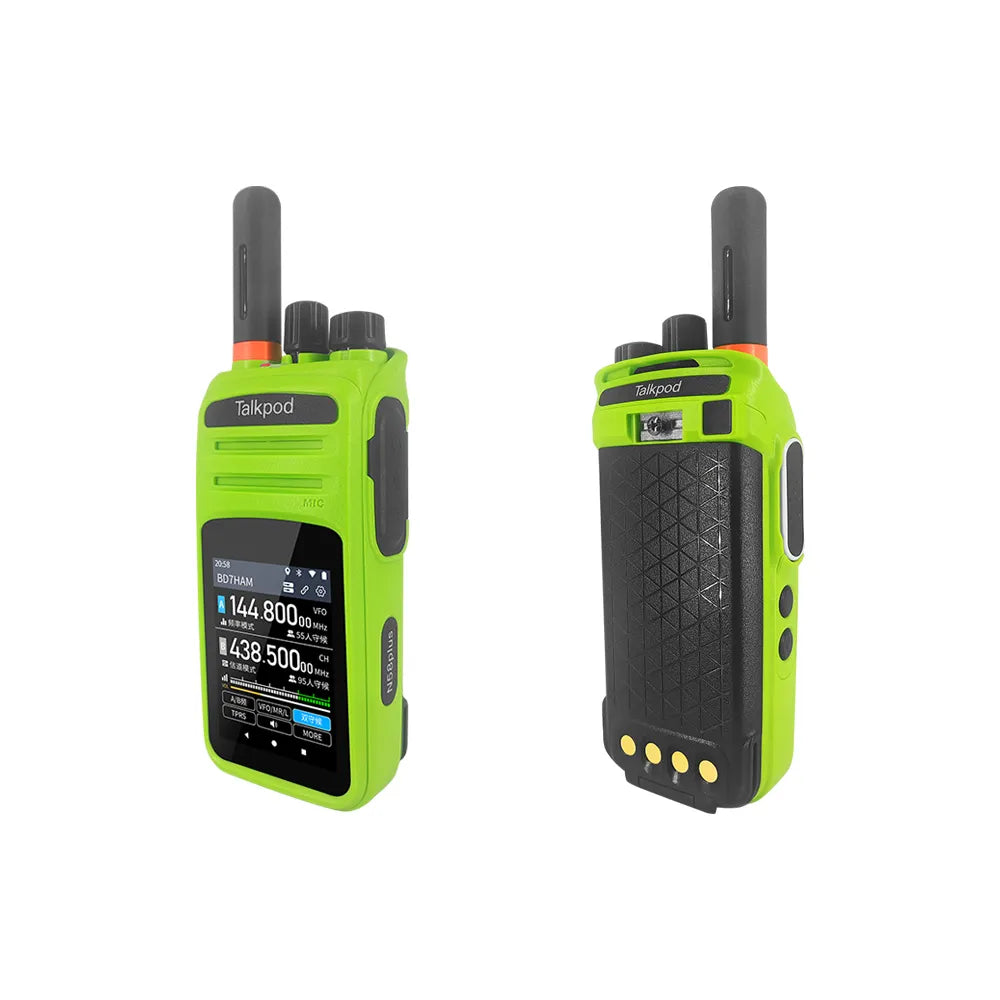
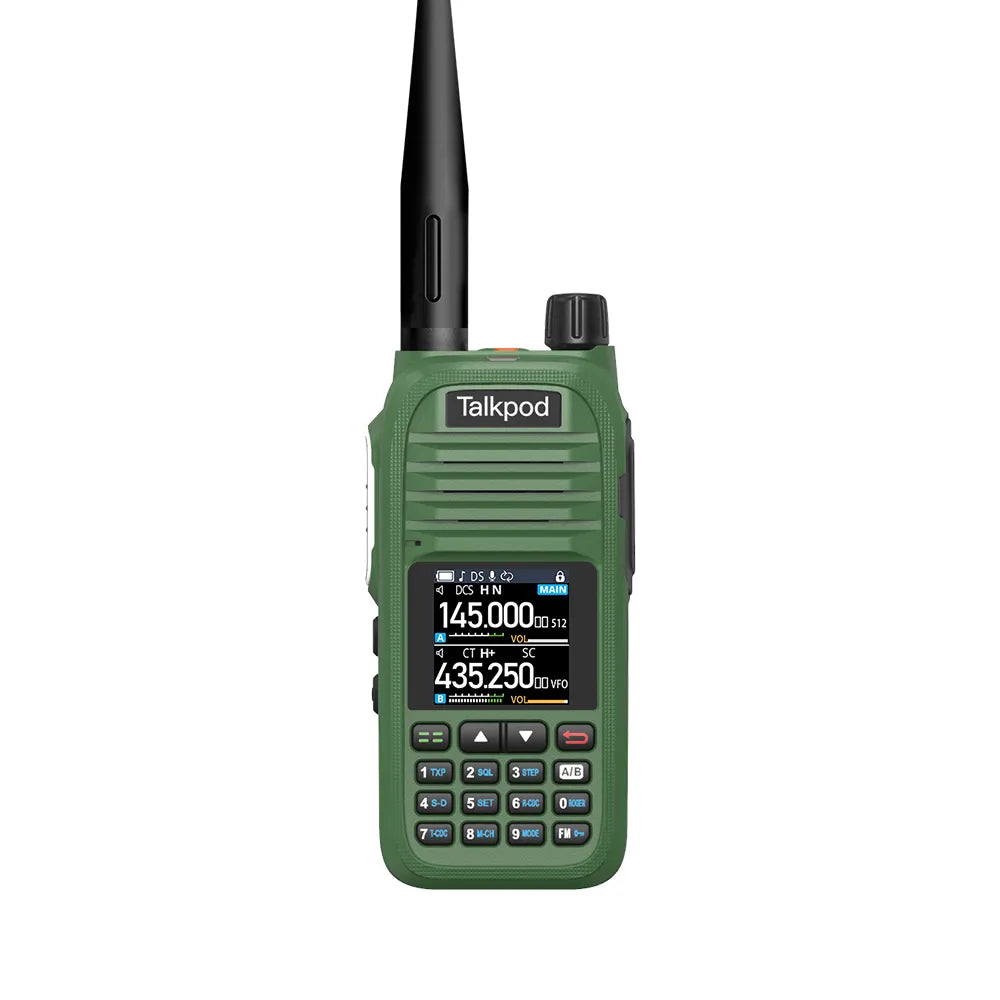
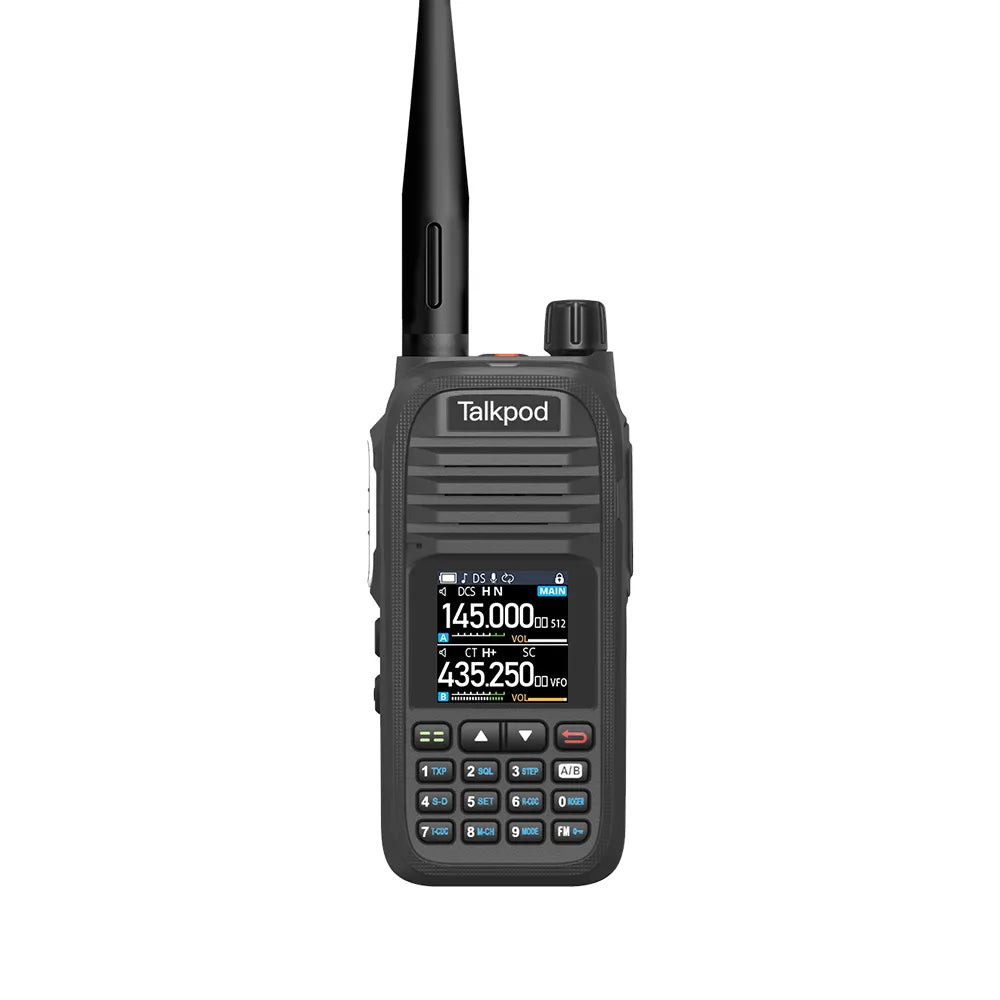
Leave a comment
All comments are moderated before being published.
This site is protected by hCaptcha and the hCaptcha Privacy Policy and Terms of Service apply.